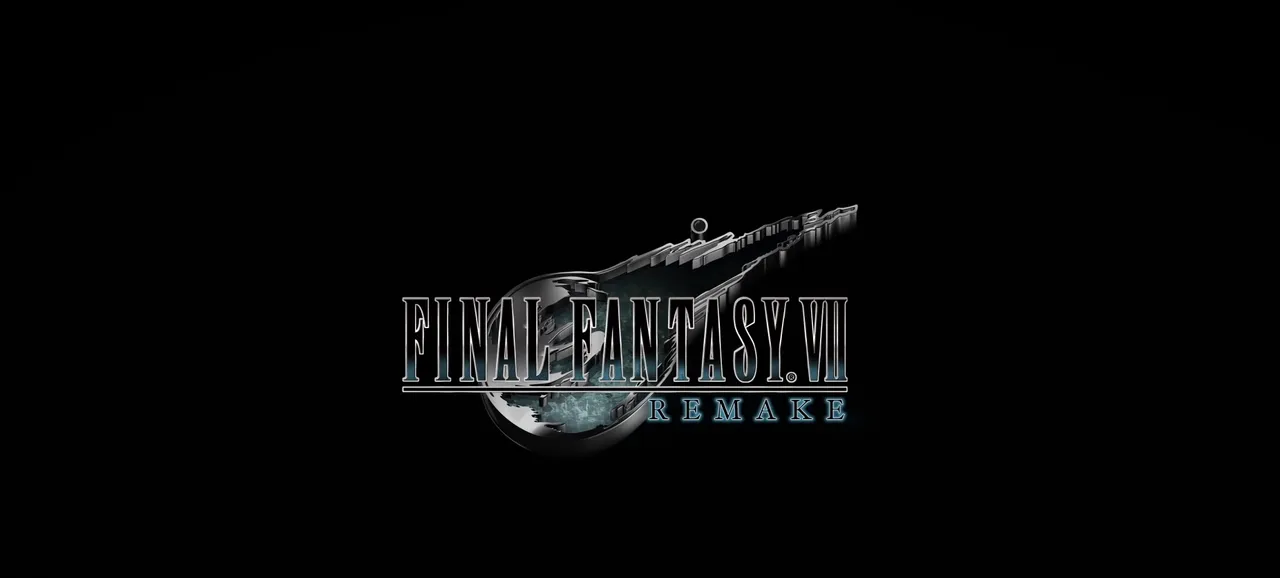
Final Fantasy 7: Remake is finally here. Following some launch-blues where some regions were blessed with an early release of physical copies, after an agonisingly long wait for franchise faithful, the game is now available to all.
I was one of the lucky few, and managed to get my copy on April 1.
What followed was a thirty-four hour stint (over the course of five days) on my couch, in front of my TV, with Final Fantasy 7: Remake's incredible soundtrack blaring out of my home theatre speakers. This is one thing that delivers consistent high quality throughout the entirety of the remake.
Gone are the synth themes and tunes, and here are the real orchestrations, tastefully reproduced and enhanced, capturing the original riffs, hooks, and notes, but enhancing them with a level of clarity and detail that is much, much better than nostalgia.
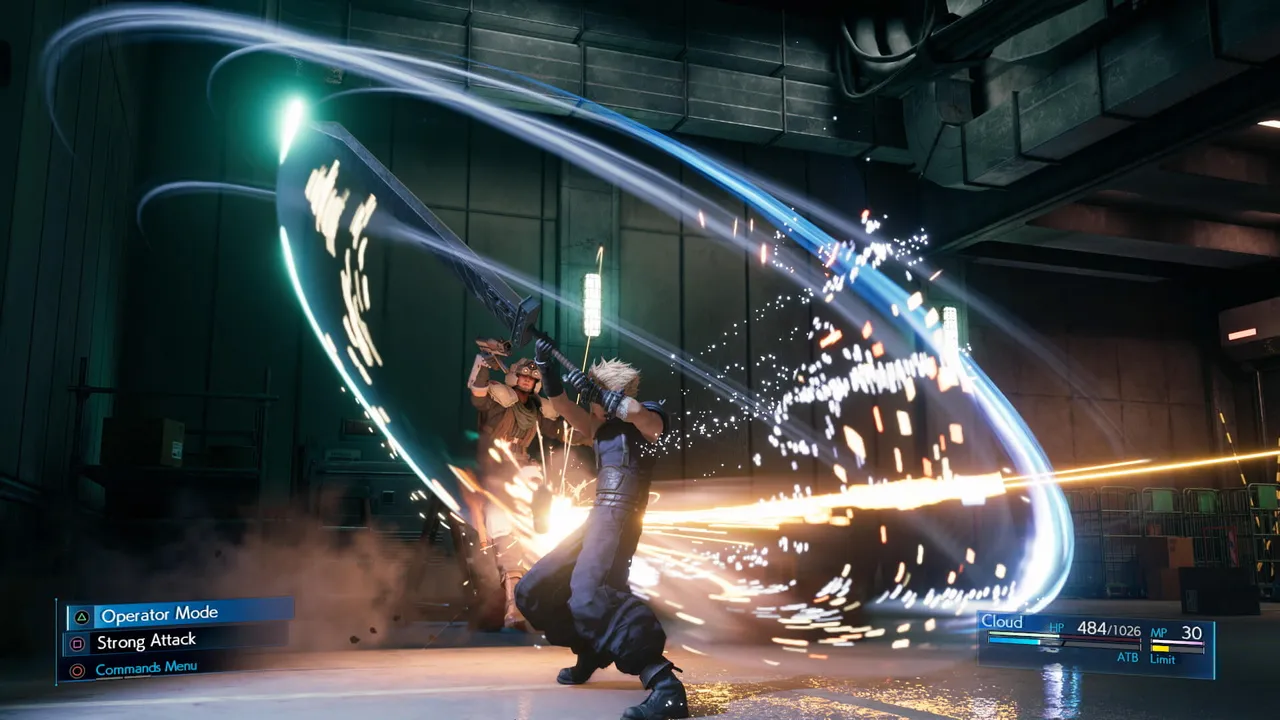
To Final Fantasy music aficionados, the soundtrack on the game disc itself is well worth the price of admission, and I was disappointed to see that Square Enix are offering a 7CD copy of the game's soundtrack for USD$77.77, but sadly, it is not available in Australia. It looks like it has fantastic packaging and presentation - but I paid less for the game itself - at AUD$79, plus a small delivery fee.
So, now that you know the music is in order, how is the actual game?
Well, that's a bit more difficult to pin down. This is not a remaster. It is not a word for word recreation of the original, but rather an expansion and embellishment of every single scene contained within Final Fantasy VII. There's no content missing (from my memory) - but there seems to be long breaks between original content, and remake content.
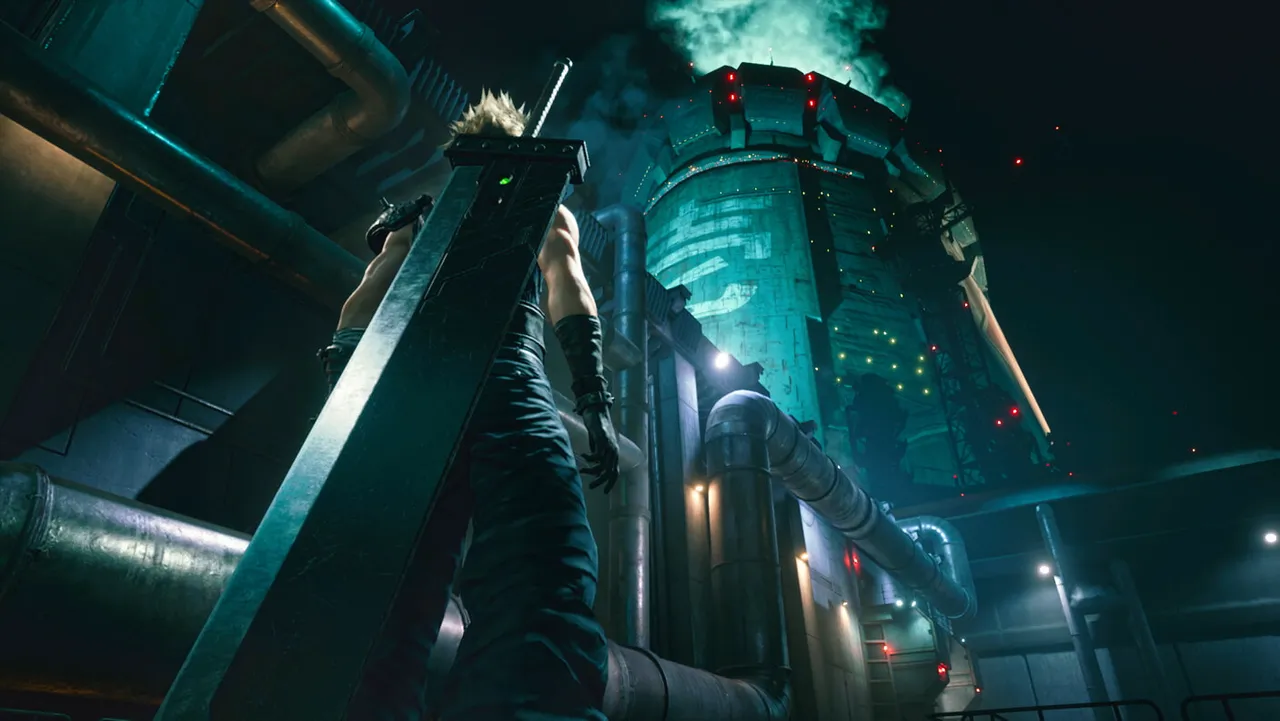
The introductory sequence and admission into city of Midgar is a breathtaking sensory feast, and can be experienced for free via a demo available on the PlayStation Network Store. The opening cinematic is an almost 1:1 recreation of the original, as is the early level design, enemy design and atmosphere.
You may even get goosebumps, if you've played the original, as the train charges into the reactor's station.
Following this first mission begins the expanded content. There's a lot of sub quests to do, that are rather time consuming, and are generally a good idea to complete in order to obtain rewards that make your life in combat much easier, but there's many quests that border on the absurd.
Early in the game one sub quest literally involves herding cats. As I played through the game, I kept thinking back to Square Enix's comments about the fact that this is a full length game, in spite of it only containing a fraction of the original Final Fantasy's content.
There are a lot of gimmicks throughout the story in this way - and while it isn't absurd as herding cats, there's some very strategic tricks that are implemented in order to pad out the game play length. These involve slowing down the movement of Cloud and other party members at particular story elements, and adding lots of NPCs with lots of quests that involve crisscrossing around large, linear maps in order to obtain key items, and then return them to where they need to be.
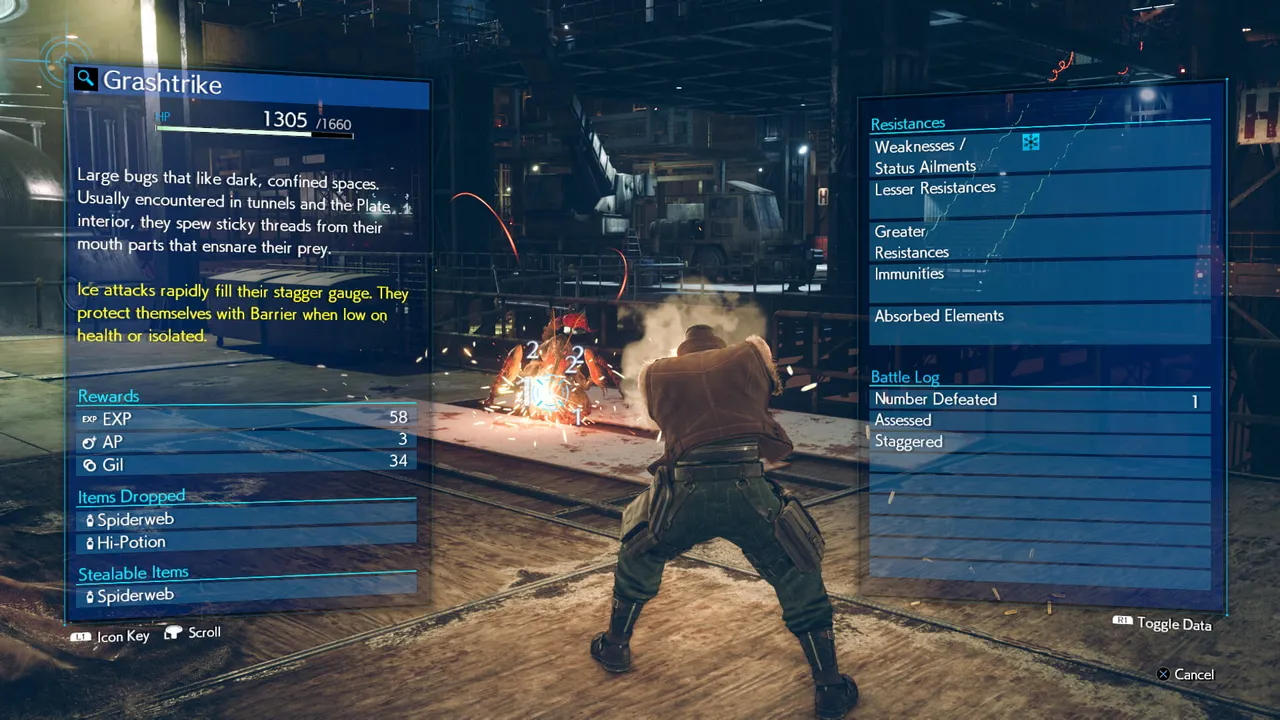
The other new content is the battle system. There's a "Classic Mode" which works in a similar way to the original game, where you wait for a bar to fill up, then you are free to issue commands. The difference is, you can move around a the 3D environment (no more arena-style battles with generic backgrounds) - dodge, take cover behind objects, and control multiple party members simultaneously.
This opens up interesting strategic elements, like being able to flank enemies, and exploit a key new combat mechanic known as "staggering", where, upon dealing a certain amount of damage (or interrupting an enemy attack, or any other number of interventions) - you are able to deal enormous amounts of damage to your foes in quick order.
You've still got the ability to equip materia and all sorts of weapons, but this system is entirely different, and entirely... interesting. Weapons can be upgraded as your gain Skill Points (awarded upon your character levelling up, and obtaining various manuscripts through other gameplay elements) If you've ever played Final Fantasy X, you upgrade your weapons in a similar manner to how you upgraded your characters in FFX, except you can do it in an entirely non-linear manner.
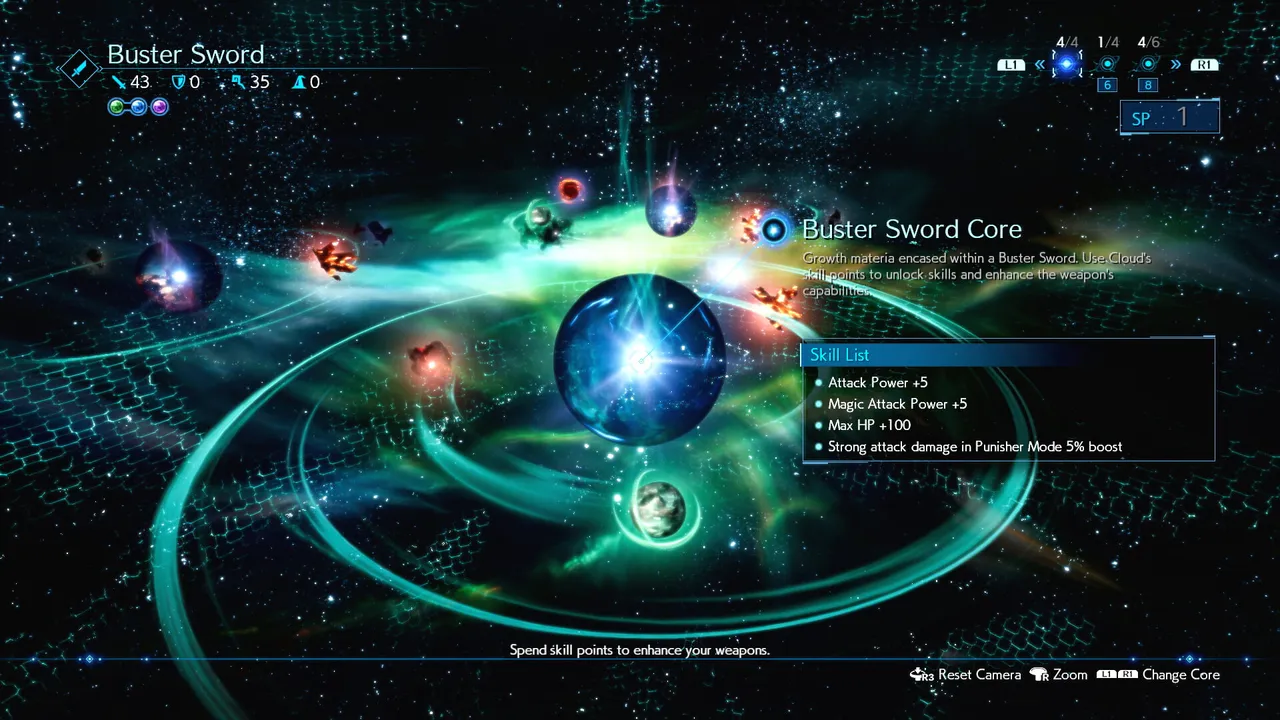
If you make a mistake, you can always respec your weapons.
Materia, and magic is powerful, but I found myself wanting for more materia slots on most weapons, and the selection of materia far out-ranked the available slots. Thankfully, summons do not take up additional materia slots, as each weapon and each party member have a dedicated materia slot for summons.
If you're wanting to be incredibly strategic with the combat, you could set different materia types on different weapons, and switch between these prior to engaging combat.
This is possible due to the fact that monsters and encounters roam around the same map that you wander around, and generally, you can see the monsters before they engage you. Sadly, pre-emptive attacks, or first-strikes to open combat do not seem to be possible, but there are many ways that you can ensure that you'll have the first strike in battle through materia and character skills.
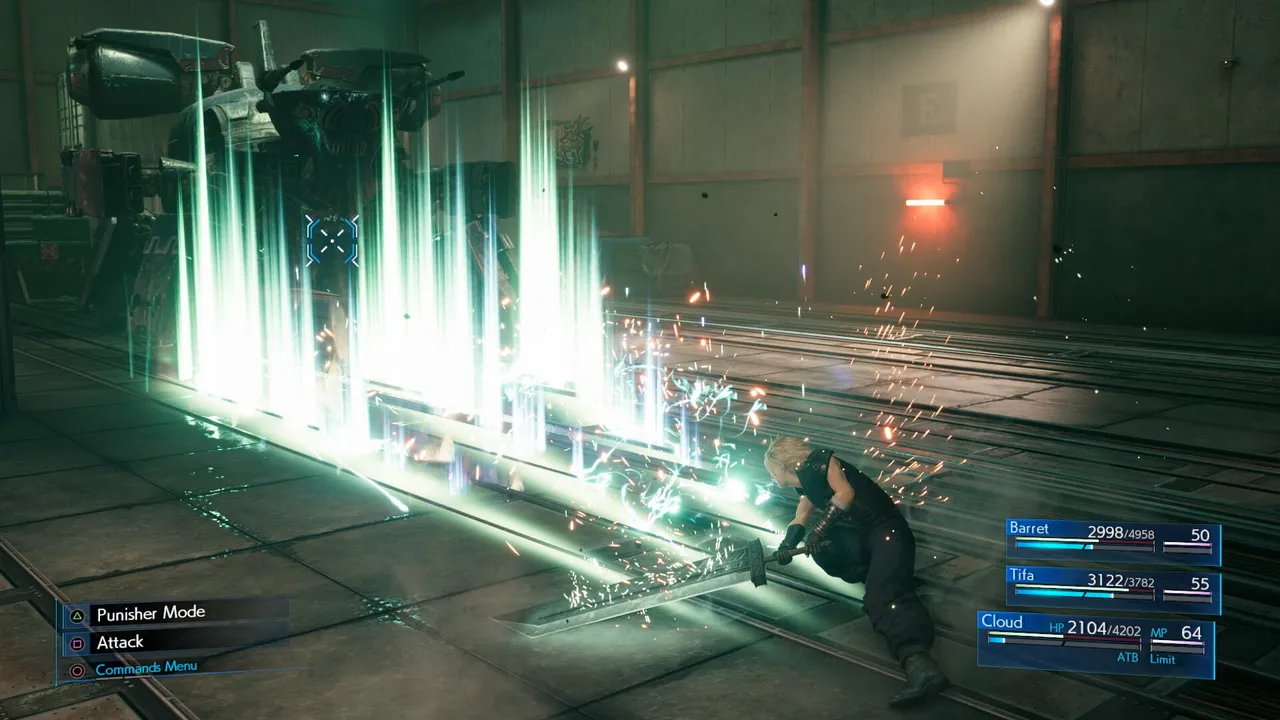
There is also the much celebrated limit breaks from Final Fantasy VII. Some are re-imagined as general abilities, able to be used with charges from the ATB gauges, while others are reserved for genuine limits. The animations for these are absurdly fluid and complicated, with their crescendo in combat played out in absolute visual splendour.
The Final Fantasy 7: Remake is powered by the Unreal engine, and looks rather incredible on the ageing PlayStation 4 hardware. I have a PlayStation 4 Pro, and did not notice any slowdown, stuttering, or lack of frames. Having said that, the Unreal engine has some characteristic issues that you just can't escape from. Texture pop in happens, but is not very obtrusive. This is carefully masked by funnelling the party into narrow corridors while other areas load in areas obscured by a fixed camera angle.
Some people might prefer a loading screen - and there's plenty of those when the game needs to load in massive amounts of new content, or change environments.
You'll also be surprised to know that when you receive your physical copy, the game ships on two discs - one for data, and one for playing the actual game. There are an enormous amount of cinematic moments - and these appear to be rendered within the game engine, but the end-credits suggest that the use of Bink video is also present. Unlike other titles, there is no discernible difference between what is pre-rendered, and what is generated in the in-game engine.
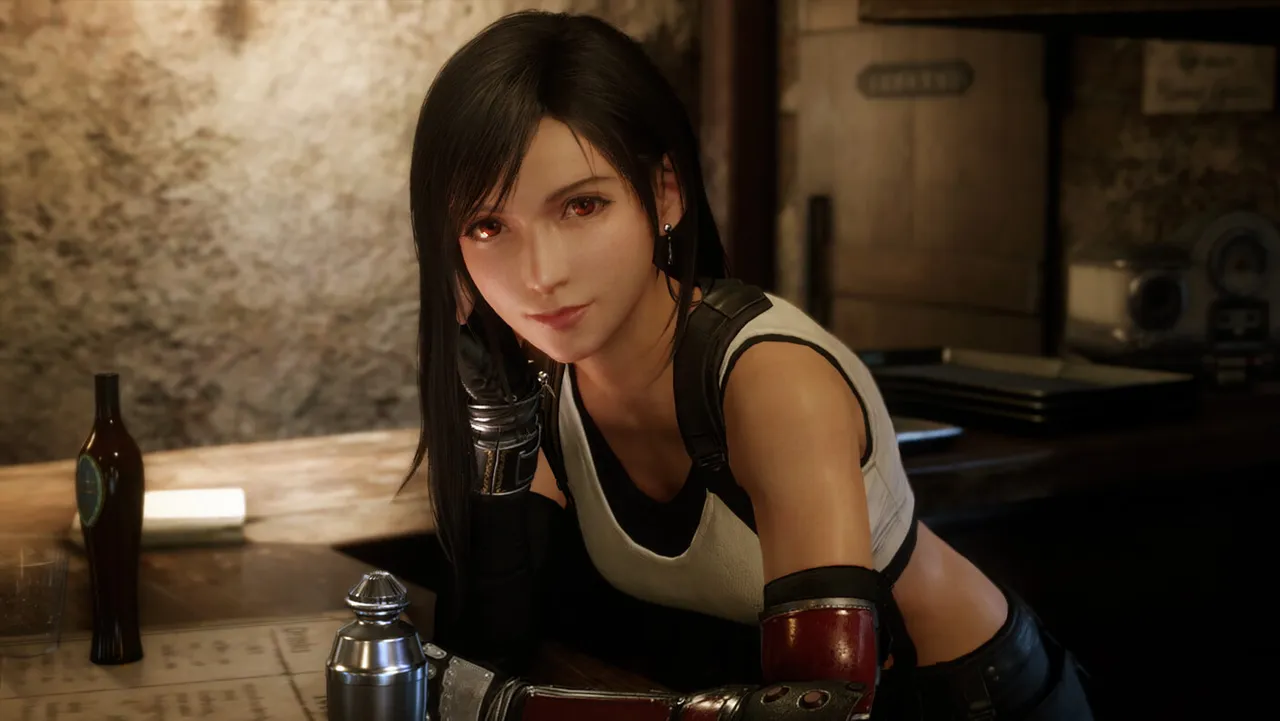
Character models for the main characters in the story are entirely gorgeous and lavishly detailed, and NPCs and monsters have quite a bit of detail embellished, but are not on the same level as the main party members and critical story-characters.
When this gets a PC release, expect to see even more detail, particularly in posters in the environment, ground and wall textures - a lot of this is rather low resolution, even with its exquisite presentation on the PlayStation 4.
The game certainly pushes the hardware very, very hard. While I had my home theatre set up on an immersive volume (probably considered "loud" to my poor neighbours) - I couldn't hear my PS4's fan whirring, but during silent loading screens, I definitely could hear it labouring away in my open air entertainment unit.
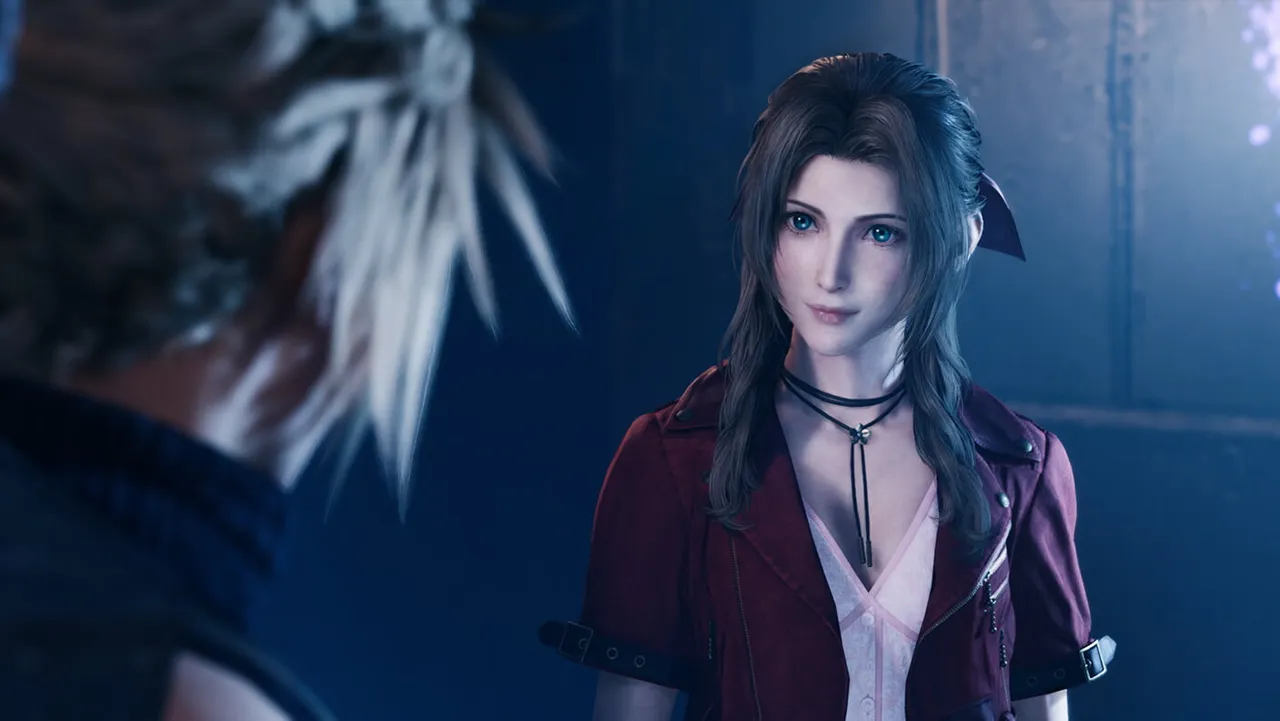
There's only so much power under the hood of a PS4, and I suspect that the FF7 Remake uses almost all of it.
Every single line spoken in this game is voice acted, and the voice acting is ... unremarkable. The performance of Barret is probably the most boisterous, but overall, voice acting in this game is ... safe, and reasonable. There's no extravagant embellishment or ad-libs that make you second guess what you're actually playing.
There's just enough poignancy in the voice acting to make certain moments in the game almost become tear jerkers, as we explore the past of the party members, and witness vague flashbacks, and for the first time, flash-forwards which do nothing other than tease you for the rest of this game.
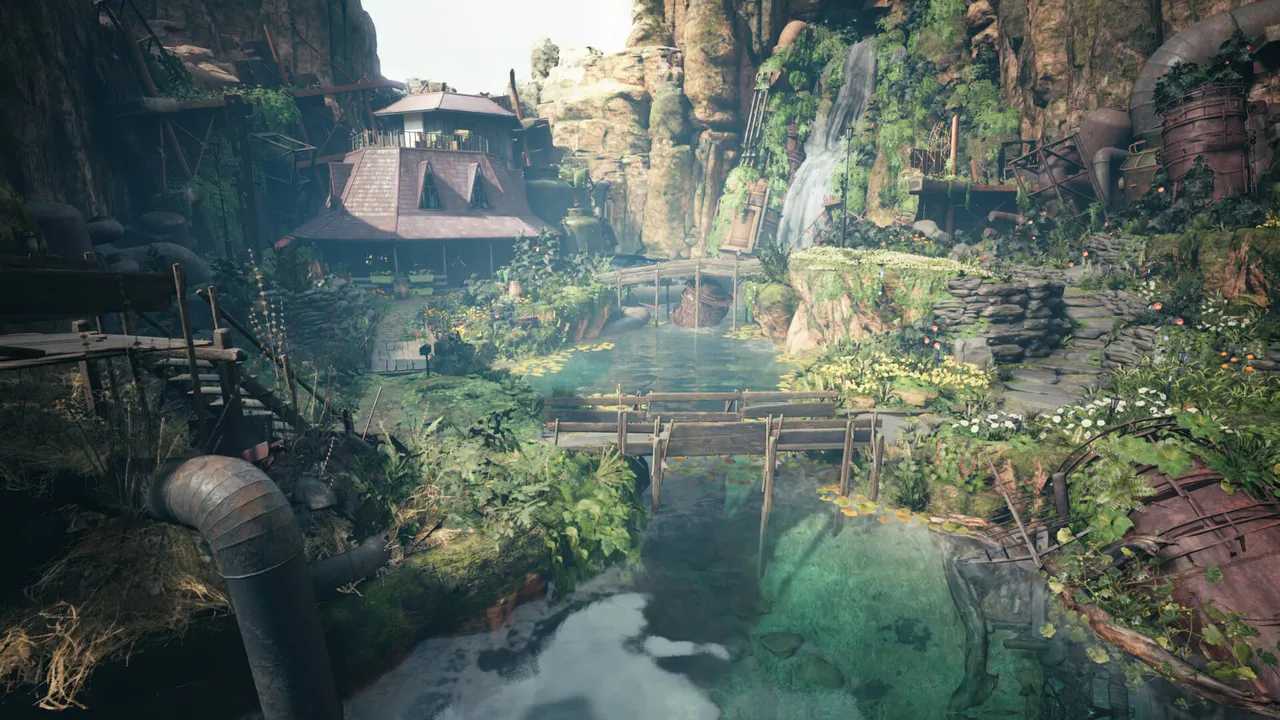
Final Fantasy VII Remake is a complete game, but upon its end - you're desperately wanting to go out and explore the rest of the world and continue the story. It would be rather fruitful to obtain a save file for for a previous version of the game that drops you just outside Midgar to enable you to continue the rest of the story all the way through to its completion.
This is what I'm going to do next, because I really want to relive the twists and turns of this game's plot while the expanded events of the remake remain fresh in mind.
This remake lets you rediscover the original tale, told in glorious high definition, but it is sprinkled with tedium and modern tricks designed to do nothing more than extend the game - it can, at times, feel like an extended cut of something like Lord of the Rings - with lavish, pointless embellishments that add unremarkable story (and characters) for the sake of padding out the game's length - but then there's other elements that are added which really do impress with their level of detail and attention to world-building.

I suspect reception to this game will be divided, but there's one thing for sure - this game will make lots of money for Square Enix, and it is a labour of love. There's flaws, but that's the price of modern game design, and technical compromises.
As for end-game content, once you finish the title, there's the addition of new content like Hard Mode, which is essentially a new-game+, allowing you to grind out additional bonuses, and any side-quests or other elements that you may have missed. There is not an awful lot of content here, but there's enough to keep you busy for some additional hours.
It is certainly worth your time, whether you want to relive the game, or experience it for the first time.
Just expect to wait for quite some time before you get to see the rest rendered in the same level of detail as the remake.